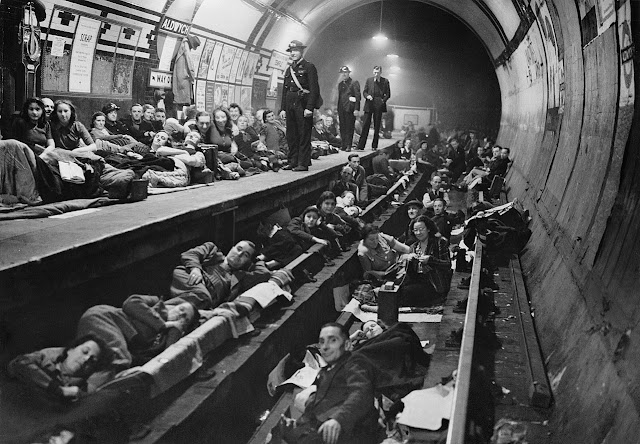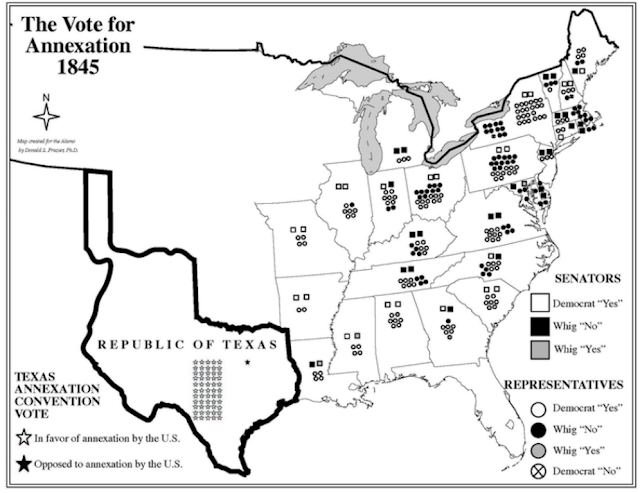On This Date In History
On December 29, 1940, in the evening of, London suffers its most devastating air raid when Germans firebomb the city. Hundreds of fires caused by the exploding bombs engulfed areas of London, but firefighters showed a valiant indifference to the bombs falling around them and saved much of the city from destruction. The next day, a newspaper photo of St. Paul’s Cathedral standing undamaged amid the smoke and flames seemed to symbolize the capital’s unconquerable spirit during the Battle of Britain.
In May and June 1940, Holland, Belgium, Norway, and France fell one by one to the German Wehrmacht, leaving Great Britain alone in its resistance against Nazi leader Adolf Hitler’s plans for world domination. The British Expeditionary Force escaped the continent with an impromptu evacuation from Dunkirk, but they left behind the tanks and artillery needed to defend their homeland against invasion. With British air and land forces outnumbered by their German counterparts, and U.S. aid not yet begun, it seemed certain that Britain would soon follow the fate of France. However, Winston Churchill, the new British prime minister, promised his nation and the world that Britain would “never surrender,” and the British people mobilized behind their defiant leader.
On June 5, the Luftwaffe began attacks on English Channel ports and convoys, and on June 30 Germany seized control of the undefended Channel Islands. On July 10, the first day of the Battle of Britain according to the RAF, the Luftwaffe intensified its bombing of British ports. Six days later, Hitler ordered the German army and navy to prepare for Operation Sea Lion. On July 19, the German leader made a speech in Berlin in which he offered a conditional peace to the British government: Britain would keep its empire and be spared from invasion if its leaders accepted the German domination of the European continent. A simple radio message from Lord Halifax swept the proposal away.
Germany needed to master the skies over Britain if it was to transport safely its superior land forces across the 21-mile English Channel. On August 8, the Luftwaffe intensified its raids against the ports in an attempt to draw the British air fleet out into the open. Simultaneously, the Germans began bombing Britain’s sophisticated radar defense system and RAF-fighter airfields. During August, as many as 1,500 German aircraft crossed the Channel daily, often blotting out the sun as they flew against their British targets. Despite the odds against them, the outnumbered RAF fliers successfully resisted the massive German air invasion, relying on radar technology, more maneuverable aircraft, and exceptional bravery. For every British plane shot down, two Luftwaffe warplanes were destroyed.
At the end of August, the RAF launched a retaliatory air raid against Berlin. Hitler was enraged and ordered the Luftwaffe to shift its attacks from RAF installations to London and other British cities. On September 7, the Blitz against London began, and after a week of almost ceaseless attacks several areas of London were in flames and the royal palace, churches, and hospitals had all been hit. However, the concentration on London allowed the RAF to recuperate elsewhere, and on September 15 the RAF launched a vigorous counterattack, downing 56 German aircraft in two dogfights that lasted less than an hour.
The costly raid convinced the German high command that the Luftwaffe could not achieve air supremacy over Britain, and the next day daylight attacks were replaced with nighttime sorties as a concession of defeat. On September 19, Nazi leader Adolf Hitler postponed indefinitely “Operation Sea Lion”, the amphibious invasion of Britain. The Battle of Britain, however, continued.
In October, Hitler ordered a massive bombing campaign against London and other cities to crush British morale and force an armistice. Despite significant loss of life and tremendous material damage to Britain’s cities, the country’s resolve remained unbroken. The ability of Londoners to maintain their composure had much to do with Britain’s survival during this trying period. As American journalist Edward R. Murrow reported, “Not once have I heard a man, woman, or child suggest that Britain should throw her hand.” In May 1941, the air raids essentially ceased as German forces massed near the border of the USSR.
By denying the Germans a quick victory, depriving them of forces to be used in their invasion of the USSR, and proving to America that increased arms support for Britain was not in vain, the outcome of the Battle of Britain greatly changed the course of World War II. As Churchill said of the RAF fliers during the Battle of Britain, “Never in the field of human conflict was so much owed by so many to so few.”
During the Blitz, the Battle Of Britain, Londoners take refuge in the Aldwych Tube Station as a bomb shelter.
On December 29, 1845, six months after the congress of the Republic of Texas accepts U.S. annexation of the territory, Texas is admitted into the United States as the 28th state.
After gaining independence from Spain in the 1820s, Mexico welcomed foreign settlers to sparsely populated Texas, and a large group of Americans led by Stephen F. Austin settled along the Brazos River. The Americans soon outnumbered the resident Mexicans, and by the 1830s attempts by the Mexican government to regulate these semi-autonomous American communities led to rebellion. In March 1836, in the midst of armed conflict with the Mexican government, Texas declared its independence from Mexico.
The Texas volunteers initially suffered defeat against the forces of Mexican General Santa Anna, the Alamo fell and Sam Houston’s troops were forced into an eastward retreat. However, in late April, Houston’s troops surprised a Mexican force at San Jacinto, and Santa Anna was captured, bringing an end to Mexico’s efforts to subdue Texas.
The citizens of the independent Republic of Texas elected Sam Houston president but also endorsed the entrance of Texas into the Union. The likelihood of Texas joining the Union as a slave state delayed any formal action by the U.S. Congress for more than a decade. In 1844, Congress finally agreed to annex the territory of Texas. On December 29, 1845, Texas entered the United States as a slave state, broadening the irrepressible differences in the United States over the issue of slavery and setting off the Mexican-American War.
Sam Houston
The Texas Flag is lowered for the last time before the U.S. Flag is raised over Texas.















No comments:
Post a Comment